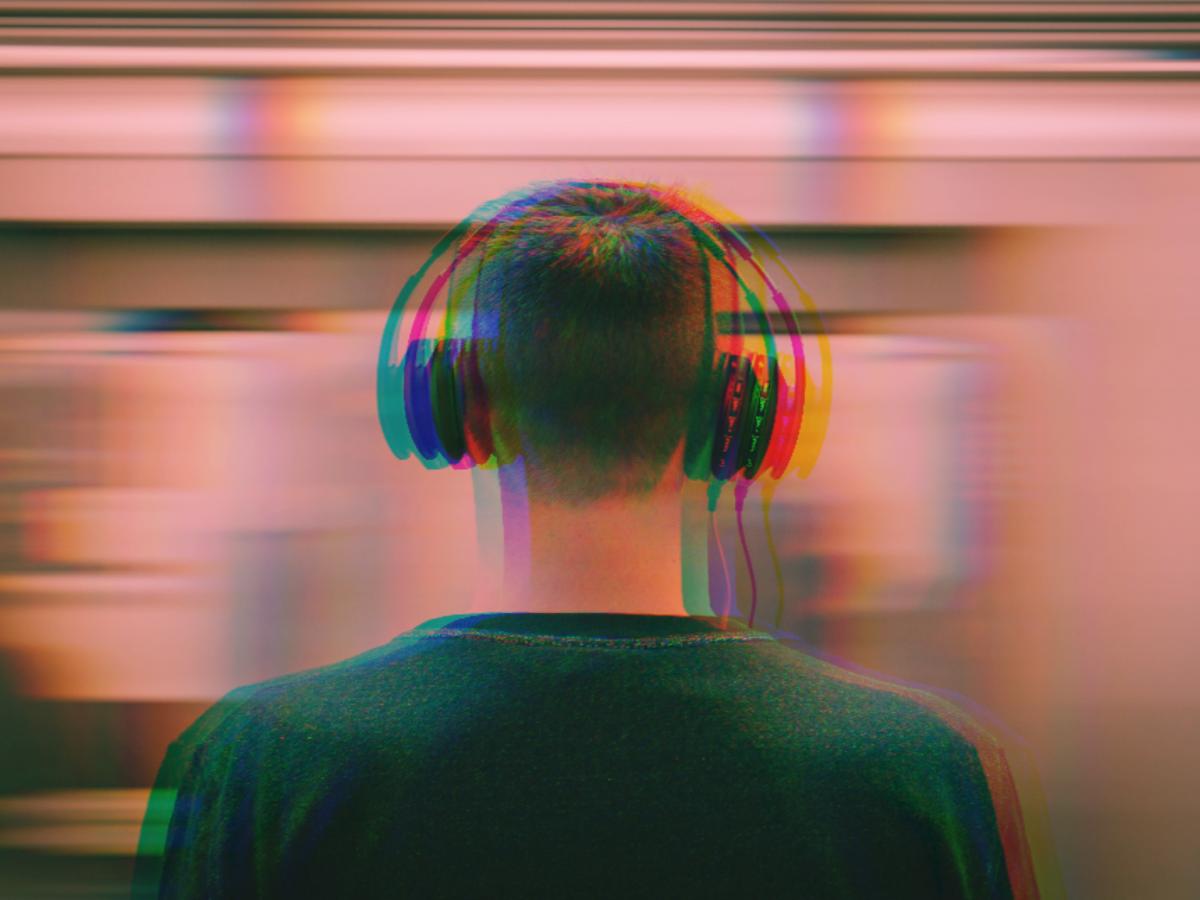With headphones and earbuds dominating present-day user experiences, is headphones safety a real thing or just hype? Let’s find out!
Whether you’re a casual listener or a diehard audiophile, chances are, you and everyone around you own at least a pair of headphones. Perhaps even more, if the current and projected earphones and headphones market statistics are anything to go by.
However, does their universal popularity mean headphones are safe for use? Or could you blame them if you’ve been experiencing symptoms such as ringing in your ears, dizziness, or hyperacusis for a while now?
Not to worry, in this article, we bust a few myths and hand out some hard truths about headphones safety. Read on to find out if headphones are safe to use and for how long. Plus, additional tips on how to avoid long-term damage while using these devices! Let’s dive in!
- Can Headphones Cause Hearing Loss?
- Do Headphones Cause Ear Infection?
- Getting Motion Sickness With Headphones: Is It Normal?
- Skin Irritation in Headphones: What Causes It?
- Are Bluetooth Headphones Safe?
- Headphone Safety for Kids: Should Kids Wear Headphones?
- Headphone Safety 101: 5 Crucial Tips to Preserve Your Hearing
- Conclusion
- Can Headphones Cause Hearing Loss?
- Do Headphones Cause Ear Infection?
- Getting Motion Sickness With Headphones: Is It Normal?
- Skin Irritation in Headphones: What Causes It?
- Are Bluetooth Headphones Safe?
- Headphone Safety for Kids: Should Kids Wear Headphones?
- Headphone Safety 101: 5 Crucial Tips to Preserve Your Hearing
- Conclusion
Can Headphones Cause Hearing Loss?
Yes, headphones can cause hearing loss, particularly categorized as Noise-Induced Hearing Loss (NIHL).
The two key drivers for NIHL from headphone use (which are totally manageable at your end) are:
- The volume level you’re listening at; and
- The length of exposure to the noise
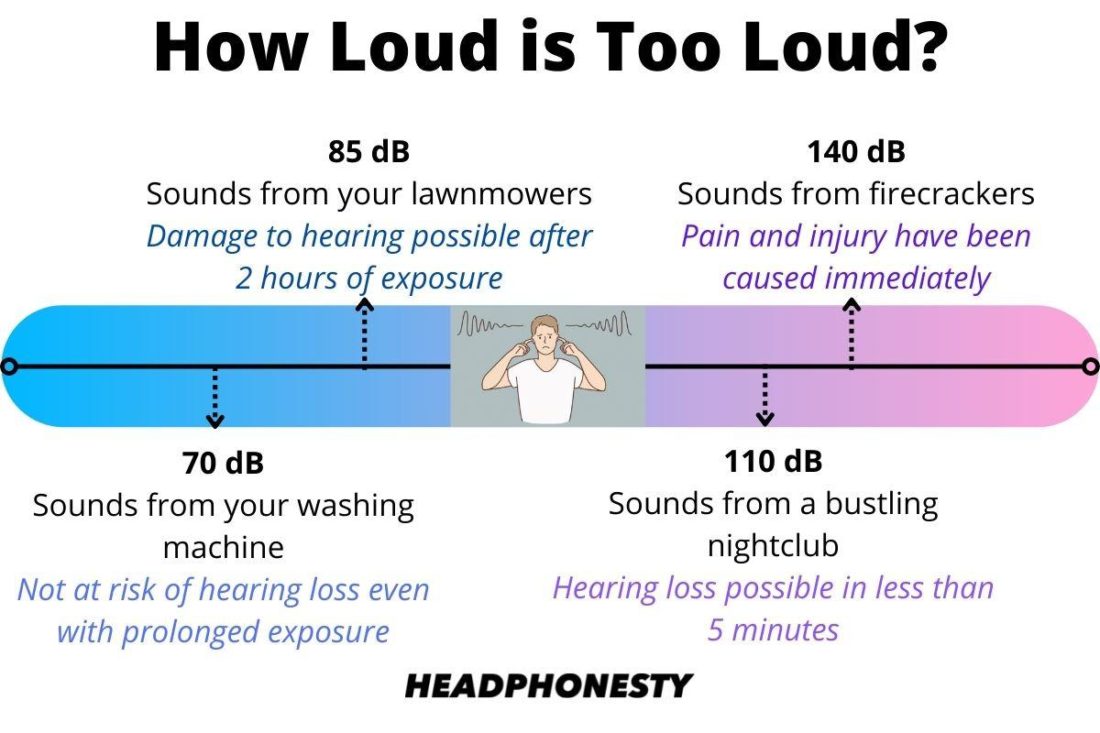
The louder the volume, the shorter the time needed for NIHL to happen.
It might help to remember that there is no linear relationship between the loudness of noise and dB ratings. 80 dB is twice as loud as 70 dB, and 90 dB is four times as loud as 70 dB.
The average headphone volume capacities are usually set within the range of 75 dB to 136 dB. This means most people are already listening to higher-than-prescribed safe levels and may be at risk of NIHL.
So, while you may not be experiencing hearing loss today, that doesn’t mean frequent headphone usage on your end has not caused some level of damage to your hearing.
You might have already experienced a few warning symptoms but have chosen to brush them off if these signs were not frequent or severe enough to be alarming. Some of the common early symptoms of NIHL are:
- Ringing in your ears – medically termed as tinnitus;
- Difficulty hearing in noisy environments; and
- Hearing people but not well enough to make out what they’re saying
NIHL is irreversible, making prevention paramount.
There are many ways to find out if you’re suffering from NIHL due to headphone use. One method is to monitor your hearing health. Have your ears checked if you notice any changes in your hearing or have a new, unusual, or worsening ringing in the ears.
Do Headphones Cause Ear Infection?
Yes, headphones can cause ear infections if used improperly and without sufficient care. This is mainly because bacteria and fungi thrive in moist and warm areas, such as your ears.
The dirt, bacteria, and sweat on your headphones will be transferred to your ear canal when you put them on. Moreover, your headphones cover your ear canal, thereby creating an ideal condition of the right temperature and humidity for the bacteria to grow.
The two key drivers of ear infections with headphone use are:
Cleanliness of your headphones
One thing that we often neglect is how our headphones are the perfect carrier of germs and bacteria to our bodies. Worse is – when you have been throwing your headphones around and everywhere, with no proper arrangement to store them after use.
Can you imagine the number of bacteria that could be latching onto your headphones? Now imagine how fast these bacteria will multiply when you place them on/over your ears. Essentially, you are giving them a free pass into your body through your ear canal.
Length of use
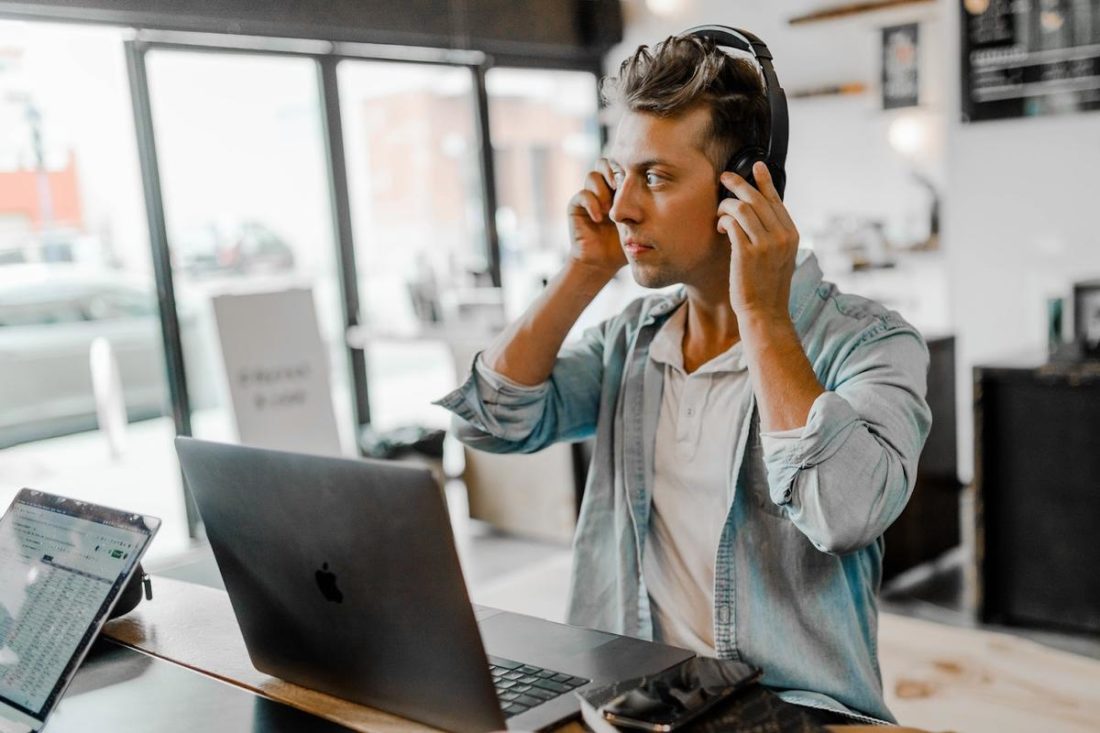
Our ears have the natural ability to clean themselves. But, when we’re constantly covering our ears with headphones, we’re essentially getting in the way of our ears’ self-cleaning cycle.
Now, with the ears are unable to initiate their self-cleaning process, everything, from ear wax to dry skin, will just build up in your ear canal, ultimately creating an ideal breeding ground for bacteria to grow. The result is an ear infection that could’ve been prevented well in time!
Some commonly experienced symptoms of ear infections are:
- Pain in your ear canal;
- Itching in your ear;
- Discharge (and sometimes even blood) coming out of your ear; and
- Fever
As with NIHL symptoms, do get your ears checked when you experience any of these issues. Most ear infections can be treated easily, but some could lead to serious conditions.
Getting Motion Sickness With Headphones: Is It Normal?

Yes, headphones can cause motion sickness. And, it is especially the case with Active Noise Cancelling (ANC) headphones.
A quick search over the web, and you will see a handful of headphone users asking in forums if motion sickness is a “normal” side effect of headphone usage.
One common point always brought up in such forums is whether the users have been using ANC headphones – somehow suggesting a link between ANC headphones and the occurrences of motion sickness.
The silver lining in the responses is that motion sickness only occurs because your body has not yet gotten used to using ANC headphones. The symptoms will subside or even go away after getting used to them.
How are ANC headphones causing motion sickness?
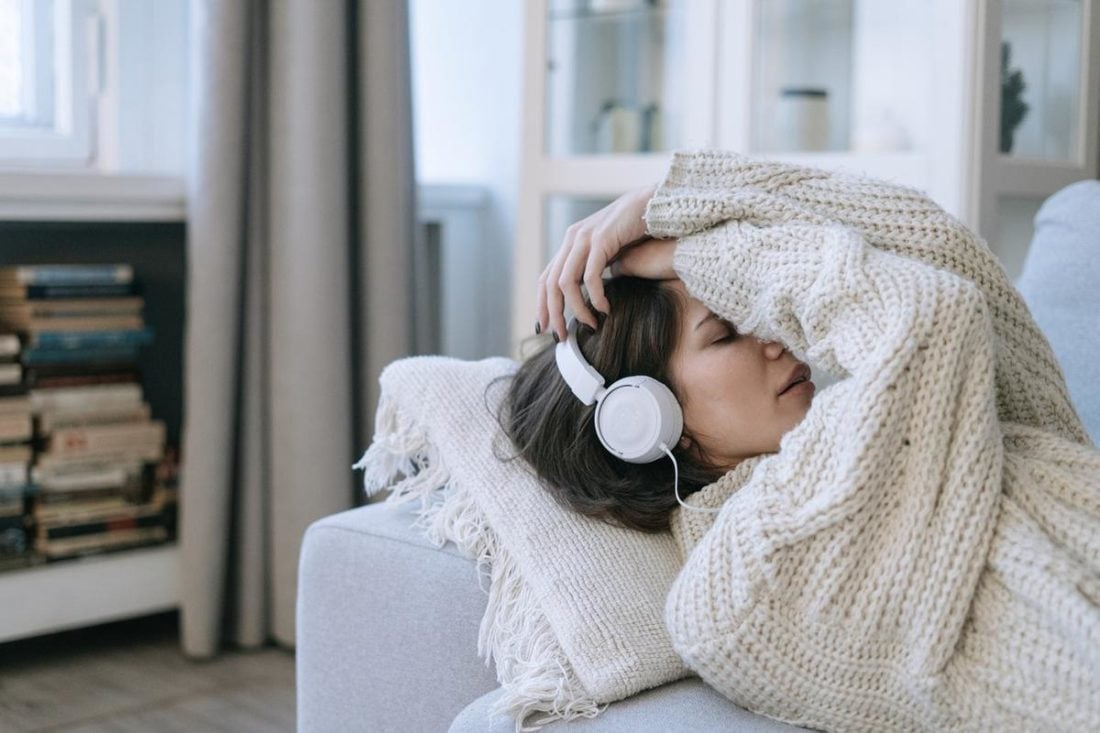
Not everyone will experience motion sickness with headphone use. But, according to NY Times, if you belong to the group of people who do experience it, it may be caused by how your brain reacts to the sudden omission of ambient noise with ANC activated.
What some may mistakenly think is a side effect of headphone usage on the brain is actually a fairly common sensation experienced after ANC is activated, the feeling of increased pressure in your eardrums.
NY Times specifies that even if there has been no measurable air pressure difference with or without the activation of ANC, your brain deciphers the shift in noise as a sign of decompression, hence the feeling of increased ear pressure even though nothing has actually changed.
It creates the same feeling of ear pressure you have whenever you go to high-altitude places or when your plane takes flight.
The brain rules the body; hence pain results.
The good news is that the brain is a powerful organ that adapts quickly. More often than not, the discomfort brought about by the use of ANC will only be for a short while till your body attunes to it.
If you’re feeling dizzy or disoriented with ANC headphones on, or any headphones for that matter, give yourself a break from them. Take the time to relax and gradually ease yourself into getting used to it.
Skin Irritation in Headphones: What Causes It?
Many users complain of acne, skin redness and itchiness, rashes, and dried skin in different forums due to headphone use. Some of these irritations can be easily resolved, and others aren’t.
There are two key reasons causing skin irritations:
Improper hygiene and lack of care
As previously mentioned, bacteria tend to grow easier and faster in moist and warm areas.
For instance, if you wear your headphones while working out for even just an hour, the sweat accumulated from your workout session and trapped in your ear canal and surrounding areas would multiply the growth rate of the bacteria.
Skin irritation, itchiness, and redness are common symptoms experienced in such cases.
The worst thing that can happen is that you get an open wound from scratching too much, which makes you more likely to get serious infections.
Without adequate hygiene and care, you would be exposing your headphones to many strains of bacteria. These bacteria could then enter your body when you wear those headphones on.
Allergies
Do you truly read through the material composition list of each pair of headphones you intend to purchase? More often than not, we neglect to do so as we do not see a risk of allergies, especially when we have been fine all along with other headphone use.
However, we fail to understand that not having allergies to certain materials today does not necessarily mean we will never develop it in the future.
Some of the materials used in headphones known to be common allergens are nickel, silicone, and acrylates.
However, while most of the big manufacturers in the industry have been openly listing the materials composition of their headphones’ builds, such as Apple, not many would go through the list in detail.
If you are experiencing possible allergy reactions, it is best to consult a professional and get it checked. There are many different types of allergy skin tests that your doctor may suggest you take to identify the allergens you’re reactive to.
Knowing the materials you’re allergic to would also help reduce the number of wasteful purchases and unwanted infections. A win-win scenario in every way!
Are Bluetooth Headphones Safe?
Yes, Bluetooth headphones are safe despite the many purported dangers reported in different media.
One of the principal worries with the use of Bluetooth headphones is the fact that they emit radiation. This raises mounting concerns about prolonged exposure to radiation, which has been linked to an increased risk of health issues, including cancer.
Yes, Bluetooth headphones do emit radiation. In fact, the scientific term for the radiation emitted by Bluetooth devices is called Electromagnetic Radiation (EMR). What has been misunderstood is that all types of radiation are harmful to the human body, which isn’t true.
Fortunately, the type of EMR emitted from your Bluetooth headphones are the non-ionizing ones, so they are safe for use.
So, why are there still claims of dangers with Bluetooth headphones use?
Increased scrutiny over the safety of Bluetooth devices came about in 2019. This was when many media outlets reported about scientists from around the world signing a declaration on the dangers Apple earbuds and other wireless headphones could cause to human health.
This was not a declaration but a petition that was actually signed back in 2015, as explained by the EMF Scientists Organization.
Also, the purpose of the petition was not to specifically target Apple’s AirPods or other wireless headphones. Instead, it was an appeal to get the government to seriously consider the potential health threats of the type of non-ionizing EMR emitted by cell phones and other wireless devices.
This group of scientists has been trying to prove that the non-ionizing EMRs emitted from cell phones are harmful to the body, but no avail yet, given opposing studies conducted in this direction.
Given that Bluetooth headphones emit only about 10 to 400 times fewer EMRs than cell phones, scientists have (of date) not been able to establish a direct link between the use of Bluetooth headphones use and potential health hazards.
If you’re worried about using Bluetooth headphones, you can stop using any wireless headphones at all.
But, remember that you’re still being exposed to some amounts of radiation at most times of the day, even with regular cell phone use.
Headphone Safety for Kids: Should Kids Wear Headphones?
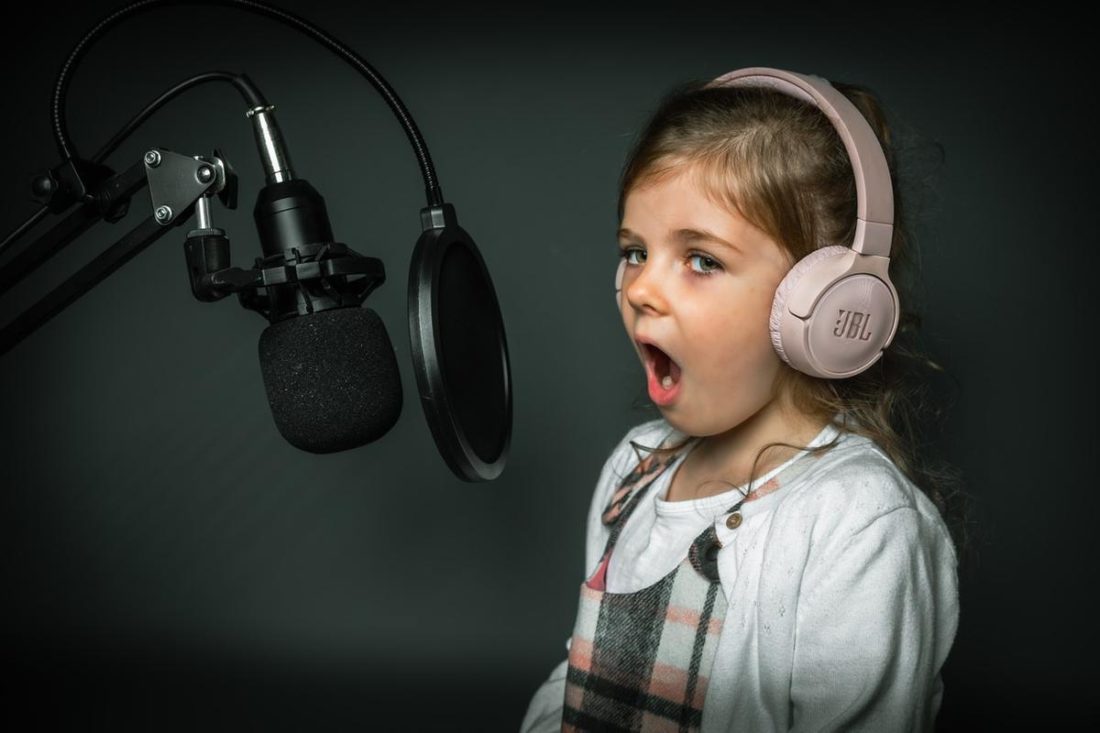
Yes, it is safe for kids to wear headphones as long as there is enough awareness of and supervision by the parents around their usage.
Having parental supervision is crucial as children are at a higher risk from NIHL than adults. This is because their auditory systems are still developing, and most children’s auditory systems will only be fully developed at the age of 14.
If not protected, early onset hearing loss could affect their overall development, such as social isolation or even dementia, in later life.
Growing market in headphones for children
Children, like adults, have also been using headphones more frequently, especially since online remote learning has become the norm. With children increasingly using headphones, it is even more important to ensure that they are aware of the safe practices on the same.
Prevention is better than cure. Thus, it is even more important to prevent NIHL, which is 100% preventable.
Unfortunately, once your hearing has been damaged, it’ll never get better and might even get worse if you do not correct your usage habits.
What is even riskier is that most volume-limiting headphones designed for children are set at 85 dB, which could potentially put your child at a risk of hearing damage after only 2 hours of continuous exposure.
Smart ways of arriving at “safe listening levels” include making sure the headphones/earphones aren’t too loud. This includes looking for signs of “leakage” from a considerable distance and a ringing or feeling full in the ear.
Headphone Safety 101: 5 Crucial Tips to Preserve Your Hearing
Here are five simple and easy steps you could start practicing today to preserve your hearing.
- Keep the volume down
- Take breaks
- Clean the headphones regularly
- Find headphones with a great fit
- Monitor our noise exposure
Keep the volume down
The US National Institute of Health recommended level is not to exceed 70 dB. An easy reference point to follow is to be on the safe side and never exceed 60% of the volume capabilities of your devices.
In fact, most devices will have some sort of warning message to users when the volume is cranked up to be higher than the safe levels.
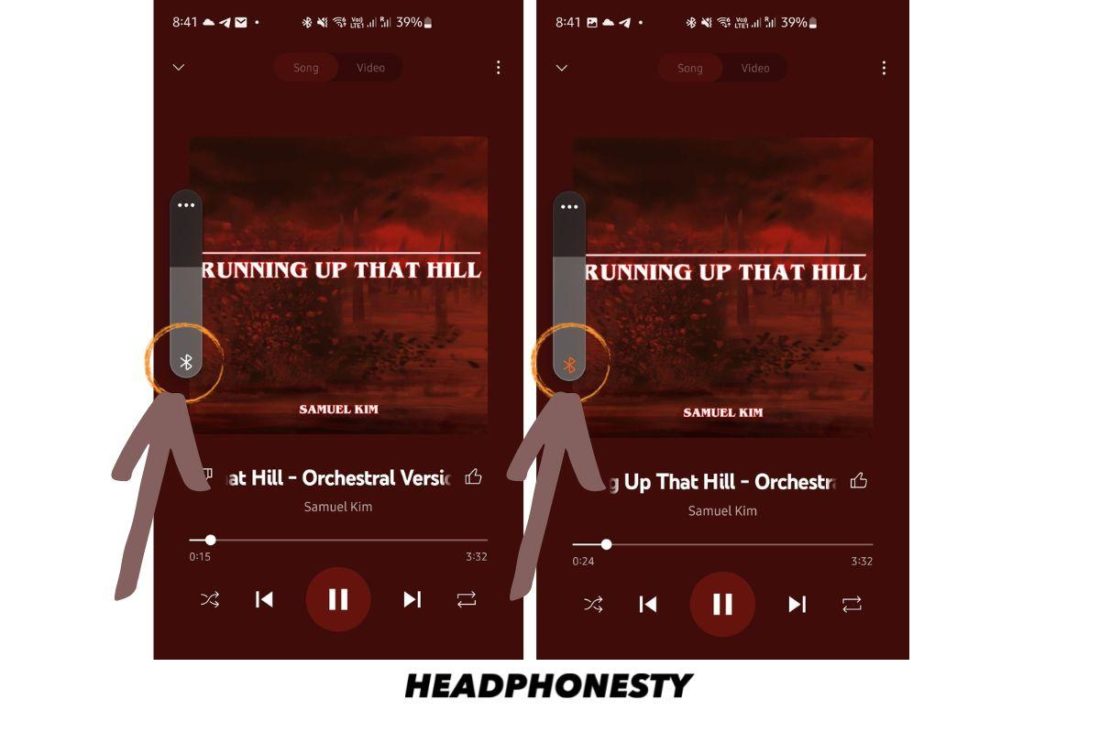
Some devices even have volume limit settings that you’d be able to adjust to your preference, hopefully adjusted to around 60%. The color of the volume limit meter will change to signal a warning if you’re adjusting to any higher than 60% of the device’s capabilities.
The good news is: that there are volume-limiting headphones on the market for both children and adults, including the Joymiso Earbuds and the Romatiteens True Wireless Earbuds that you can buy so you can enjoy your music while still keeping within safe listening limits.
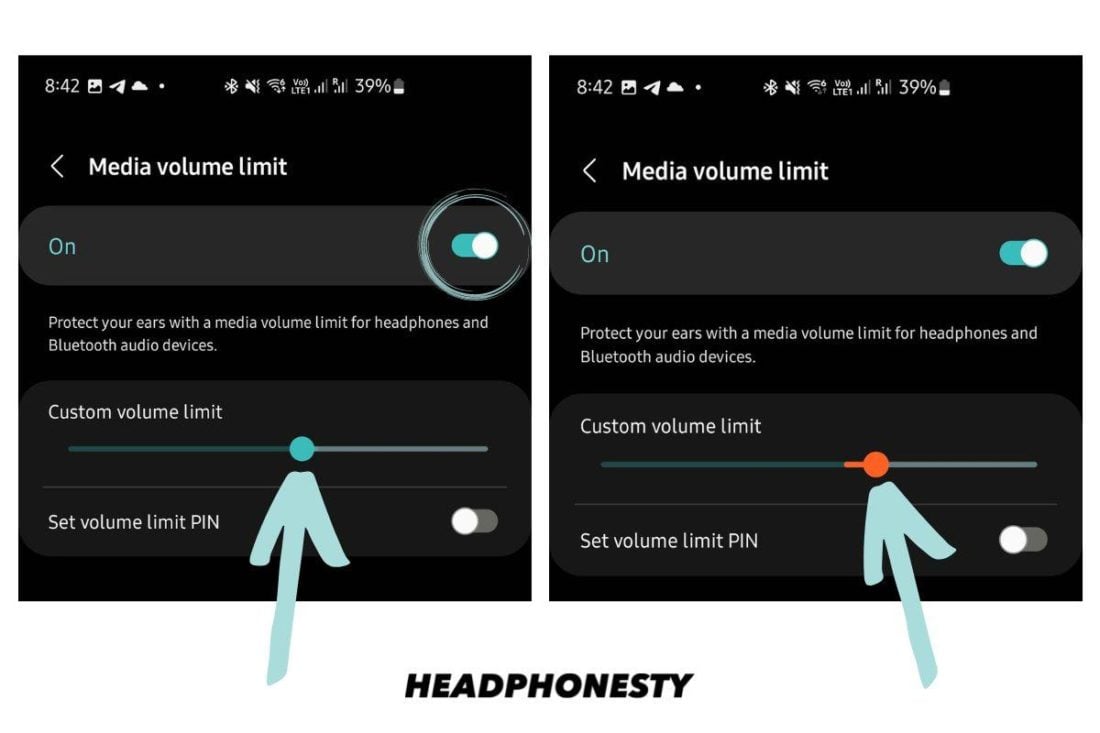
Take breaks
Wearing your headphones too much is the quickest way to end up with severe (and sometimes permanent ear damage), which is why it is important to give your ears a break from all the headphone use. Taking breaks can help:
- Reduce the risk of ear infections as your ears are now able to breathe and self-clean; and
- Reduce the risk of NIHL from prolonged exposure to loud noises
The general rule of thumb, as recommended by many audiologists, is the 60/60 rule. This translates to limiting the listening volume to 60% of the maximum volume for no longer than 60 minutes each time you use your headphones.
Clean the headphones regularly
You should regularly clean your headphones, even more so when you wear it during your workout sessions. Not doing so would be giving a free pass to all the lurking bacteria into your body, which might eventually wreak havoc on your health and immune system.
One important thing to note while cleaning your headphones is that you should always make sure that they are dry before storing them. Bacteria that develop from your sweat can also proliferate from any dampness in your headphones, including the cleaning agents used to clean them.
Find headphones with a great fit
Wearing ill-fitting headphones increases the risk of ear infections from the skin abrasion you might have from wearing them. Which is why your headphones should fit comfortably but not too tight.
If you experience pain while wearing your headphones, chances are they will need to be adjusted for a better fit.
Different types of headphones, such as on-ear and over-ear ones, have different ways of being worn to achieve an ideal fit. Make sure you follow the right way of wearing headphones to know they’re a good fit for you.
Noise isolation headphones
The unintentional increase of headphone volume is what puts most users at risk of NIHL in just a matter of minutes. Consequently, we may not be aware that we have caused damage to our hearing until it’s too late.
Here’s where noise isolation headphones could come in handy.
Try covering your ears with your palms. Do you hear less noise as opposed to not covering them? Noise isolation in headphones achieves the same result by forming a secure seal using the foam pads in the ear cups.
That said, noise isolation headphones do more than prevent ambient sound from coming in and ruining the listening experience. They also prevent users from having to crank up the volume in an attempt to drown out the background noise.
Monitor your noise exposure
To know whether you’re putting yourself at risk of NIHL, it is essential to first determine the noise level.
One way you could do so is by using a sound meter that can help check your sound exposure.
Alternatively, you can also turn your cell phones into volume measuring devices with mobile applications. Some of our most recommended applications are:
- For Android: Sound Meter
- For iOS: Decibel X
- For Windows: Decibel Meter
Conclusion
Nothing is more important than a pair of healthy ears with reasonable hearing abilities as one goes through life’s different stages.
Headphones are not necessarily bad for you, provided you’re fully aware of the dangers incorrect headphone use could cause and the how-tos to protect yourself. Hopefully, nothing will now stop you from enjoying the experience your sleek, shiny headphones have to offer!
And while you’re at it, remember, prevention is better than cure. Don’t forget to get your ears checked every 10 years until you turn 50, and every 3 years after that. If you’re experiencing any symptoms of hearing loss, please get them checked by certified audiologists before it’s too late.
Did we manage to address your concerns surrounding headphone safety in this article? Did you find our tips on identifying signs of hearing loss/damage from headphone use helpful? What (among the do’s and don’ts shared) worked for you? Please let us know in the comments down below!
